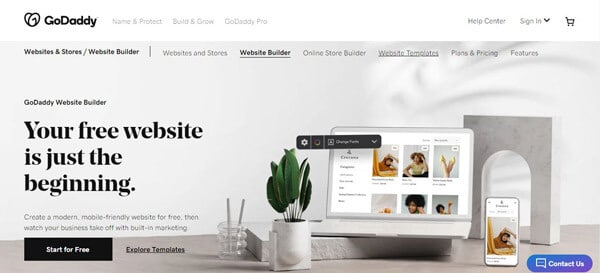


WebSphere Commerce deals with a large amount of persistent data. WebSphere Commerce provides many tutorials.įunctional architecture provides both the set of patterns used to implement the business functionality and the frameworks in which these business functions execute. Review this section for information about installing the WebSphere Commerce product, associated maintenance, and WebSphere Commerce enhancements.īefore you migrate WebSphere Commerce, review this information for an overview of the migration process. Use the resources in here to help you plan every phase of store creation. From gathering client needs, to deploying the live solution, much work is needed to successfully deploy a custom client store. This section offers the following selection of JSP programming best practices, which promote development of reusable and easily maintainable JSP pages within the WebSphere Commerce store development framework:Ĭreating a custom implementation of a WebSphere Commerce store requires a significant amount of planning. WebSphere Commerce JSP programming best practices.JSP files present a clean separation between data content and presentation. The view layers determines whether the request is sent to a browser or streamed out as XML. The view layer is in charge of retrieving data from the database through the use of data beans and formatting it to meet the display requirements. WebSphere Commerce uses Java Server Pages (JSP) to implement the view layer of the Model-View-Controller (MVC) design pattern. The topics in the Developing section describe tasks performed by an application developer. The documentation also applies to all subsequent releases and modifications until otherwise indicated in new editions. The information contained in this section applies to IBM WebSphere Commerce Version 7.0.0.9 and Feautre Pack 8.


 0 kommentar(er)
0 kommentar(er)
